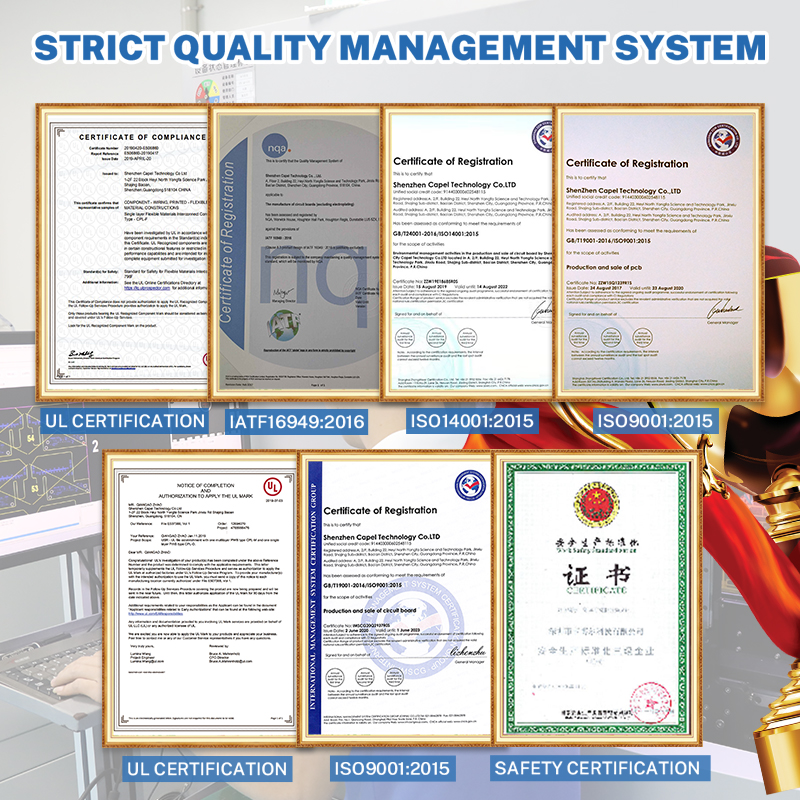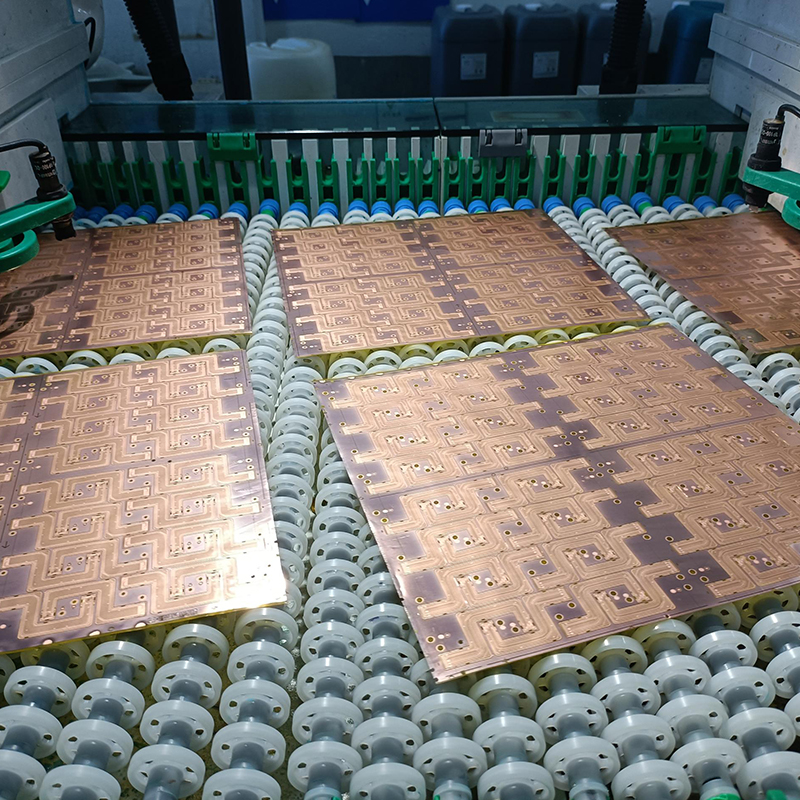Introduction
In this blog, we will explore the key environmental regulations and certifications applicable to rigid-flex PCB manufacturing, highlighting their importance and benefits.
In the manufacturing world, environmental awareness is crucial. This applies to all industries, including rigid-flex printed circuit board manufacturing. Understanding and adhering to environmental regulations and certifications is critical for businesses looking to provide high-quality products while minimizing their impact on the environment.
1. Environmental regulations for rigid-flex board manufacturing
Rigid-flex manufacturing involves the use of a variety of materials and chemicals, such as copper, epoxies, and fluxes. Understanding and complying with environmental regulations is critical to minimizing the adverse impact of these materials on the environment. Some important regulations in this area include:
a) Restriction of Hazardous Substances (RoHS): RoHS restricts the use of substances such as lead, mercury, cadmium and certain brominated flame retardants in electronic products (including PCBs). RoHS compliance ensures the reduction of harmful substances in rigid-flex PCBs and eliminates potential health and environmental risks.
b) Waste Electrical and Electronic Equipment (WEEE) Directive: The WEEE Directive aims to reduce electronic waste by promoting the recycling and correct disposal of electrical and electronic equipment at the end of its life cycle. Rigid-flex manufacturers have the responsibility to ensure that their products comply with this directive, allowing for appropriate waste management.
c) Registration, Evaluation, Authorization and Restriction of Chemicals (REACH): REACH regulates the use and exposure of chemical substances to protect human health and the environment. Rigid-flex manufacturers must ensure that the chemicals used in their processes comply with REACH standards and promote sustainable manufacturing practices.
2. Environmentally Responsible Manufacturing Certification
In addition to complying with regulations, achieving environmentally responsible manufacturing certification is evidence of a company’s commitment to sustainable practices. Some notable certifications include:
a) ISO 14001: This certification is based on a set of international standards that outline the requirements for an effective environmental management system. Obtaining ISO 14001 certification demonstrates a company’s commitment to minimizing its impact on the environment through resource efficiency, waste reduction and pollution prevention.
b) UL 94: UL 94 is a widely recognized flammability standard for plastic materials used in various applications. Obtaining UL 94 certification ensures that the materials used in rigid-flex boards meet specific fire safety requirements, ensuring overall product safety and reducing fire hazards.
c) IPC-4101: The IPC-4101 specification specifies requirements and test methods for substrates used in the manufacture of rigid printed boards. Complying with IPC-4101 ensures that the substrates used in rigid-flex PCB manufacturing meet industry standards, helping to improve the quality and reliability of the final product.
3. Benefits of environmental regulations and certification
Complying with environmental regulations and obtaining certification for rigid-flex PCB manufacturing offers many benefits. These include:
a) Improved reputation: Companies that prioritize environmental responsibility gain a positive reputation among customers, partners, and stakeholders. Environmental regulations and certifications demonstrate a commitment to sustainable practices, attracting environmentally conscious customers.
b) Increased sustainability: By minimizing the use of hazardous substances, promoting recycling and reducing waste generation, rigid-flex manufacturers contribute to the overall sustainability of the electronics industry. These practices help conserve resources and minimize environmental pollution.
c) Legal Compliance: Complying with environmental regulations ensures that rigid-flex PCB manufacturers maintain legal compliance and avoid penalties, fines or potential legal issues associated with non-compliance.
Conclusion
In summary, understanding and complying with environmental regulations and certifications is critical for rigid-flex manufacturers. Complying with regulations such as RoHS, WEEE and REACH ensures the reduction of hazardous substances and promotes sustainable manufacturing practices. Obtaining certifications such as ISO 14001, UL 94 and IPC-4101 demonstrates a company’s commitment to environmental responsibility and provides assurance of product quality and safety. By prioritizing environmental awareness, companies can contribute to a greener, more sustainable future for electronics manufacturing.
Post time: Sep-20-2023
Back








